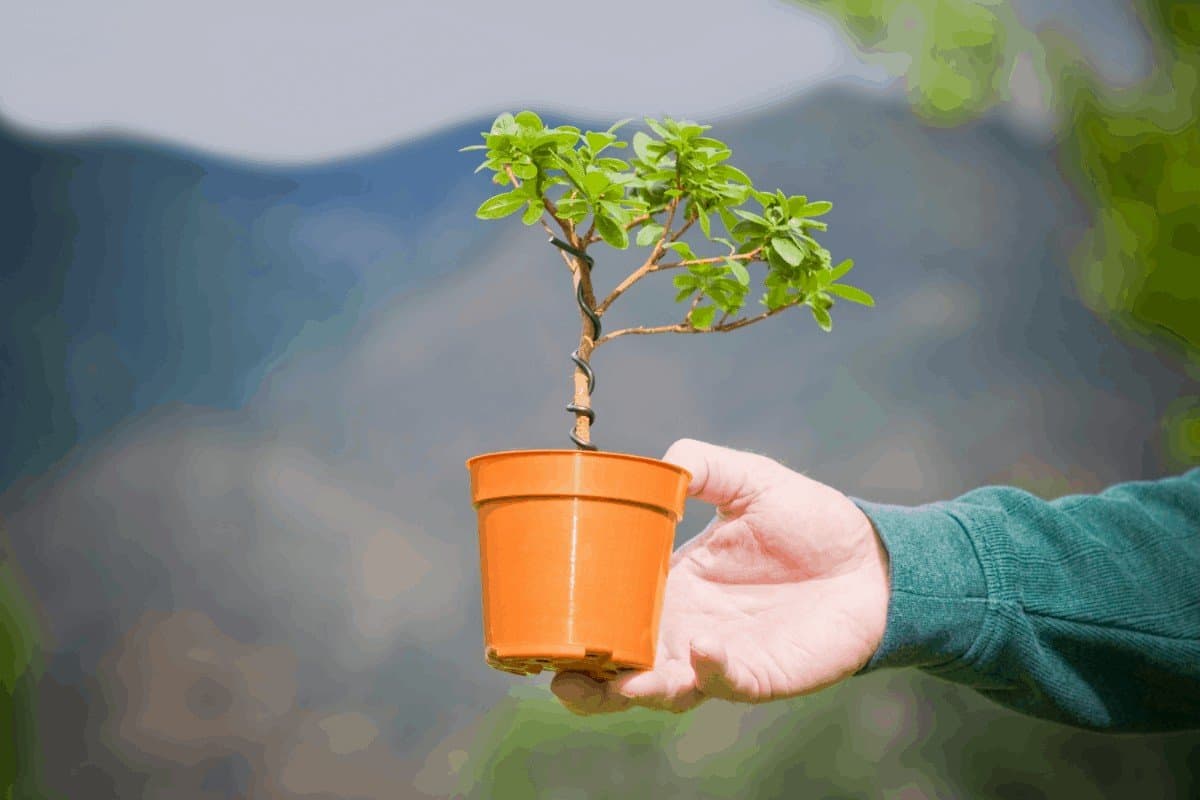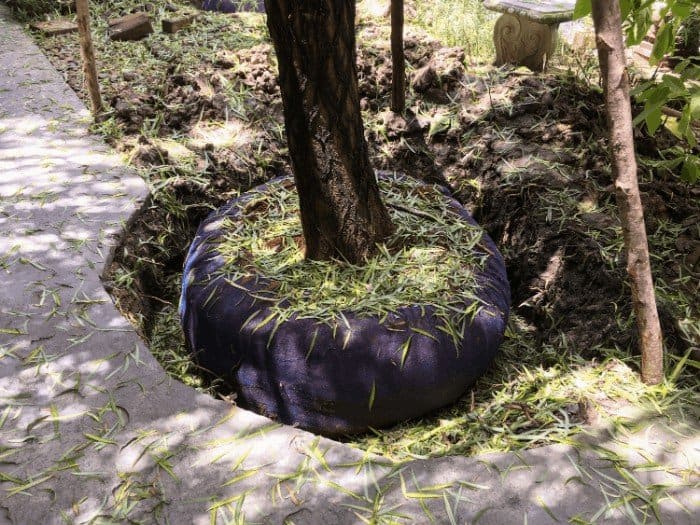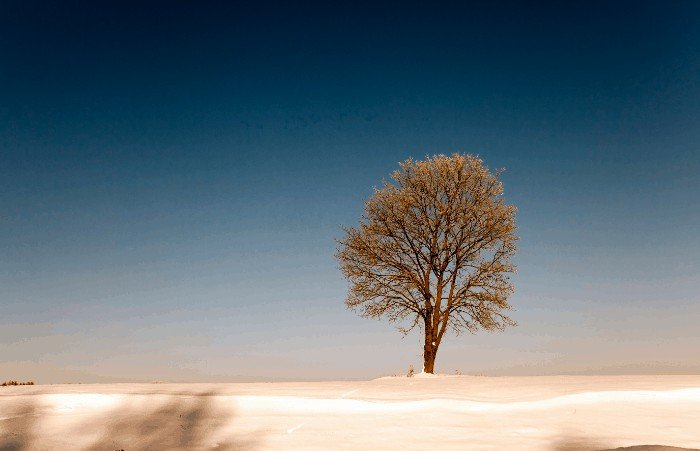Last Updated on December 30, 2021 by
Trees are wonderful plants, they provide shade mostly, at least that’s what we all see them for. Beyond that shade provision, trees are financial plants which means money can be made off them. They also help conserve our natural ecosystem by fighting against global warming. They filter the air we breathe daily, they provide enough air around our homes and they filter water when the ground accepts it. Their benefits are just too bounty to start listing and such benefits aren’t our focus here but their well-being. What might be the best time to transplant trees?
The principal reason why you might want to transplant your tree is that it isn’t doing well in its current location and so transplanting becomes urgent to savage the life of the tree. Transplanting comes as a solution to the problem only when it is done the right way and in the right season. So if you want to learn of the right season and the best time to transplant that tree of yours so it can flourish better, then continue reading.
What is the Best Time to Transplant Trees
In order to understand how the seasons of the year work in line with transplanting trees and generally tendering to plants, we will look at a review of all four seasons and let you in on the best time to carry out that tree transplanting.
Let’s start with:
Summer
Say to no summer when it comes to transporting trees. It is the least ideal time to do that. If you live in hotter regions, you know summer feels like the sun is directly sitting on your roof and that situation clearly suggests that any idea relating to transplanting whether a tree or not should be ditched.
Why is summer such a bad time?
The heat will drain all the water in the soil and the leaves will also contribute to draining all the water that the tree needs to stand in its new location. The leaves won’t be dormant at this time but active.
If you are relocating a tree, it is permitted to lack certain things but not water in the soil. Lack of water in the soil will terminate the life of that tree even though most plant can actually survive summer’s scorching heat, it is best advised not to transplant in summer.
Best Time to Transplant Trees: Fall/Autumn
Evergreen trees would thank you for transplanting them during early fall. The fall season is fairly a good time for transplanting trees but not ideal in its entirety since it works excellently for evergreen trees.
These trees are by nature luxurious already and give little troubles to their owners in terms of grooming and that includes transplanting. If you will, however, be transplanting your tree during fall, do it very early so as to give the tree enough time to settle and adapt to its new location before encountering winter.
The temperature at fall is relatively mild and when winter comes to meet your plant just as it is trying to settle down in its new home, it can lead to instability and distort the transplanting plan.
Spring
The spring season is by far the best time of the year to transplant trees because most trees are still in their dormant stages by then, and by the way, the dormant stage of a tree is the best time to transplant it where it has no leaves.
Leaves and fruits gulp the bulk of the water that a tree receives and lose them to evaporation. So if there are no leaves which of course leads to a fruitless tree, the tree retains the water it receives and rides on that beneficial absence of leaves to excellent growth.
But there is something else you might want to know. Do not transplant in early spring just like you would do in fall. Fall is quite different because you won’t want the tree to be settling down before a temperature that’s not friendly hits it. In the case of spring, winter just left and the soil is still probably recovering from the freezing temperatures.
Some of the last batches of snow are still finding it hard to say goodbye in early spring so give them some time and do your transplanting in late or mid-spring when the temperature has fully returned to normalcy. Spring once again is being adjudged by experts in planting seasons as the best time to transplant trees.
Winter
Just like its contrasting climate partner – summer, winter is the worst time of the year to transplant any plant. The ground is frozen and digging will be hellish. Snows are everywhere and there’s just too much moisture for the plant to contain.
The temperature is unfavorable for planting and that affects transplanting equally. If you must transplant in winter, ensure that the kind of winter you are experiencing is bearable when it comes to temperatures.
There are times when winter might decide to be light and the snows won’t come clouding everywhere in an avalanche. Do not transplant during winter. Do not even carry out any important planting activity during winter unless the temperature is relatively tolerable compared to that of the previous winter seasons.
Handy Tips to Note about Transplanting
Arm yourself with these tips when transplanting and make things simpler.
- Water the tree a day to the transplanting to make it easier to dig out from the root.
- Not all trees are fit for transplanting, ensure you understand the nature of the tree you are about transplant. Tough trees can handle being uprooted and replanted, feeble ones won’t even survive after the uprooting. An expert can study the tree and know if it’s worth digging out.
- Never dig around the root until you are ready to uproot.
- Choose your new location wisely. Don’t transplant your tree to a location worse than the previous one. Study the tree’s new environment. Ensure there are not too many plants around it that will be contending for the mutual water in the soil. Ensure the tree has ample space to stretch and grow.
Be certain the location is suitable and the tree won’t have to obstruct anything like a fair view of your surroundings, sidewalks, and other structure as it grows. This also depends on your purpose for transplanting whether for protecting the plant against diseases, privacy purposes, and so on.
FAQs
Is it better to transplant trees in the spring or fall?
The best time to transplant trees is when the soil is not too wet and the ground has warmed up. It is also important to make sure there are no insects, diseases, or other pests that could have infested the tree.
Is it better to transplant trees in the spring or fall?
Spring: The ground will be warmer and the trees will have a better chance of producing more blooms in warmer weather. Fall: The ground will be colder and there will be fewer problems with insect pests.
Can you uproot and replant a tree?
Yes, you can!
If you want to uproot and plant a tree, it is not easy. The root systems of the tree need to be taken care of and if they aren't then there's a high chance that the tree won't survive.
How do you move a tree from one place to another?
Trees typically cannot be moved. However, if they are leaning dangerously close to your house, you should know that there are a few ways to help the tree stand on its own without touching it.
The first step is to tie long ropes around the trunk of the tree and pull it off its roots. You can then use a rope tied to your vehicle's axle or something similar to pull it away from the tree until it falls over.
One way that you can move a tree is by using a pulley system. You can attach one end of the rope attached to your vehicle's axle or whatever you're using for lifting purposes and attach the other end of this rope to a block of wood or stake that has been driven into the ground and looped around another stake on top of your vehicle.
What is the amount space between two trees when planted?
The space between two trees when planted can range from 0-15 feet or so. From what I've seen, most people plant their trees on a 6 foot spacing and that's generally sufficient to accommodate them.
The amount of space between two trees is an important factor to consider because it affects how wide your tree gets. If you plant them too close together then they might not have enough room to grow properly, causing problems with their health or stunting the growth of one tree over the other.
What happens when trees are planted too close together?
Trees growing too close together can result in a dense canopy that may cause branch damage. The dense canopy makes it difficult for light to get through, resulting in stunted growth and lower foliage.
Trees planted too close together can result in branches being damaged and low foliage. This is why trees planted too close should be spaced at least 25 ft apart from each other.
The overcrowding of trees leads to an increase in the risk of invasive insects and diseases. It also decreases the amount of light which reduces photosynthesis and water loss as well as tree growth rate.
What temperature should I transplant trees?
The temperature a plant is transplanted in will largely depend on the time of year and the area of origin.
The ideal way to transplant trees is to start from the beginning of spring so that trees don't have to wait long for their roots to get established. Another option is to transplant in early fall, about two months before winter arrives.
Tony Manhart is a passionate gardener who has been tending to gardens for over 20 years. He takes pride in creating beautiful outdoor spaces with plants, trees, and shrubs that can thrive in any environment. He loves to share his knowledge with others and has taught classes on gardening basics and advanced techniques. He is committed to sustainability, using natural and organic methods to create and maintain gardens. He also works with local organizations to create green spaces for communities. When he’s not gardening, Tony enjoys hiking, reading, and spending time with his family.




